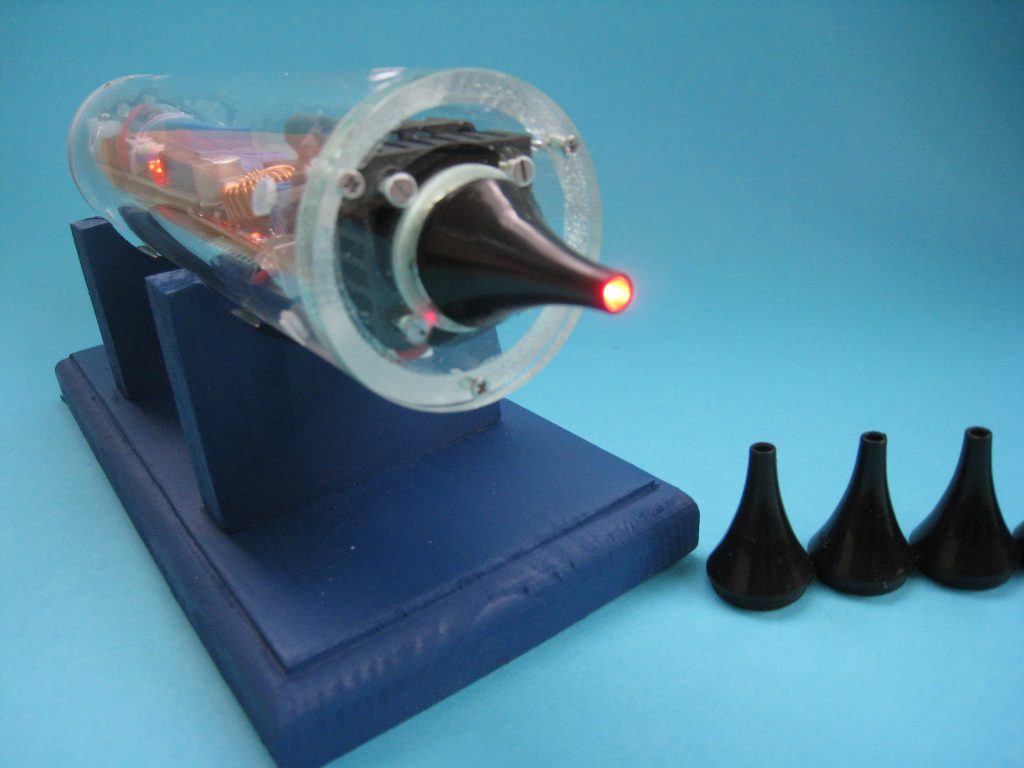
DefCom1
Forgive our play on words but here at RedEdge.UK, we believe that there is indeed a “silent” epidemic of hearing loss. This is happening, not just in people of a certain age but also increasingly in the young. I can remember as a young medical student, in the 80s, attending a Santana concert at the Apollo, here in Manchester. I was standing not far from one of the speakers and the noise levels were so high that speech had long since become impossible. My ears were ringing for days after. I wondered about the hearing of those who were exposed to such levels of noise on a regular basis. Two or three years before, as a 16-year-old embarking upon my first summer job in a large mail-order warehouse, long before the Internet. One of us students was asked to work in the baling room where this large machine crushed all the cardboard packaging and then wired it all together with packing strips. He complained about the noise in there, which prompted a move after a few days but the chap who normally worked in there was as deaf as a post. Most crucially, he was not given any hearing protection. So many of our young are listening to music and podcasts and online games with the sound levels in their earbuds set way too high. The problem is not only going to get worse but it will impact a younger and younger patient group.
Okay, losing one’s hearing is bad enough but there is now compelling evidence of a strong link between losing one’s hearing and dementia. This seems to us like a terrifying and increasing legacy for us all.
A couple of years ago the Daily Mail published an article about light therapy in the treatment of hearing loss. Our new device aims to do just this.
The device projects an intense beam of far-red light into our ear canals and thus on to the hearing centre. No Infra Red or laser light is used as we are not convinced of the safety of using either of these types of radiation. Our device uses a powerful subdivision of ordinary white light – no more.
Okay, please be aware that we are most definitely not saying that after a couple of months’ treatment, you will all be able to throw your hearing aids away.
The other point is that hearing loss is not simple; it is often a mixture of nerve damage and also of otosclerosis where the three tiny bones that conduct the sound waves to the nerves that our brains then interpret are arthritic so that they no longer convey the sound waves adequately. We are of the view that our device will not cure otosclerosis but MAY just help with failure or a weakening in the nerve pathways and sensitivity of our ears.
We think that this device, with a cost of not much more than a tank of petrol, may just be worth a go.
More than this, I will be the first patient. I will use the device 1 month on and two days off. I will take a hearing test which will be published on these pages and repeat this after say 6 treatment courses. We will also publish this too.
Just a word of warning. One patient is unlikely to offer statistically accurate results either way. We are hoping as the numbers of users rises then it will be a much more accurate assessment of the efficacy of our device – or otherwise. Our other point is that it is much more likely that the device rather than treating established hearing loss will prevent and stall it in those who will go on to need hearing aids – which is an increasing number of us.
The smart approach would be to select a group of say 40-years-olds and divide them randomly into two groups. One group uses the DefCom1 device and the other uses a dummy device. Both groups then have their hearing tested over the following months and years. This would then, if the numbers were significant, give a much better indication as to whether far red light can save our hearing.
There is such a study ongoing in Miami University as I write. Sadly, this has yet to report but I will contact the head of the study to see if he has any preliminary results. This study aims to look at whether use of far red light will protect our ears against hearing loss going forward, exactly as discussed above. To be fair, we feel this is the correct approach rather than a ‘close the stable door’ approach.
We are hoping in the near future much more evidence will be available if a device like this can reverse hearing loss, or protect our ears against such as we age, help with tinnitus. Furthermore it strikes us that it may well be of use in anosmia – loss of smell. Other studies are ongoing using Vitamin A gel, citrus fruit in those who have had their sense of smell damaged as a result of Covid.
Please find links to these studies, as below, so that you can have a look for yourselves.
So, on a personal note, I am hoping that our new device will preserve what hearing I do have for longer and as the years unfold. I any event it won’t do me any harm so now it is time to try it out. I will report back.